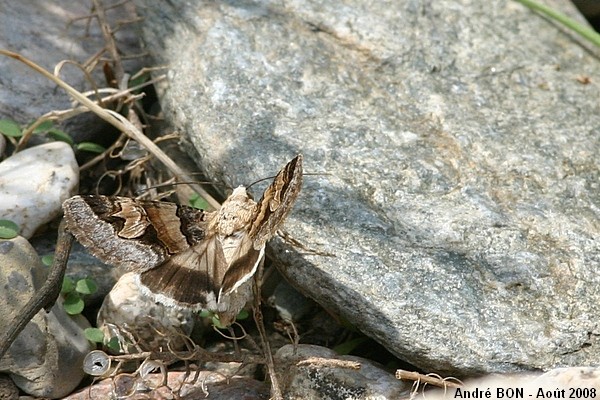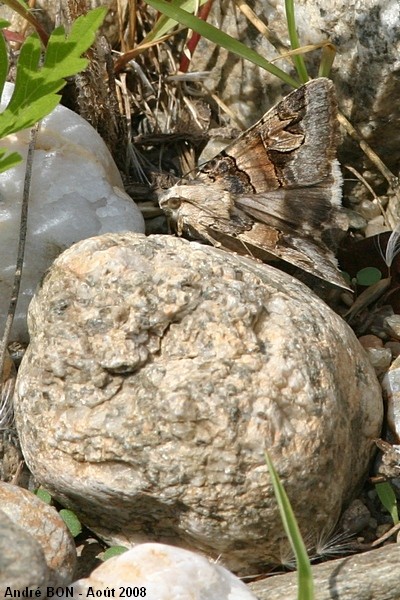

| Drasteria cailino (Lefèbvre, 1827) |


|
|
Scientific name: Drasteria cailino (Lefèbvre, 1827) Common name: Other names: Other scientific names: Aleucanitis cailino or Leucanitis cailino. French name: Synède de l'osier Order: Lepidoptera Suborder: Heterocera Family: Noctuidae Subfamily: Catocalinae Wingspan: About 45 mm. Biotope: Dry meadows, rocky places, steppes. Geographic area: Southern Europe, Near-East, Middle-East, east to the first slopes of western Himalaya. Flight time: May to July then September to October. Number of generations : 2 Caterpillar: Host plant: Common Osier (Salix viminalis) and Dog Rose (Rosa canina). |
Drasteria cailino has a pale beige head. The basal area of the fore wings is dark grey to brown and bordered by black lines. The fore wings are crossed by a large pale beige discal band, slightly darker on the rear side. The postidiscal area shows, near the outer edge, a pale brown grape leaf-shaped patch on a dark ground colour. The fore wings end with a grey submarginal area and a brown fringe. The hind wings are a pale beige colour with a large brown submarginal area and a white fringe. |
| [To know more about the Drasteria cailino] [Next picture] [Top] |

|
I have observed this Drasteria cailino moth while I was walking on the bed of pebbles on the bank of la Beaume river. |
| [To know more about the Drasteria cailino] [Previous picture] [Top] |

|
The grey and brown colours of this noctuidae moth provide an efficient camouflage in rocky places. |